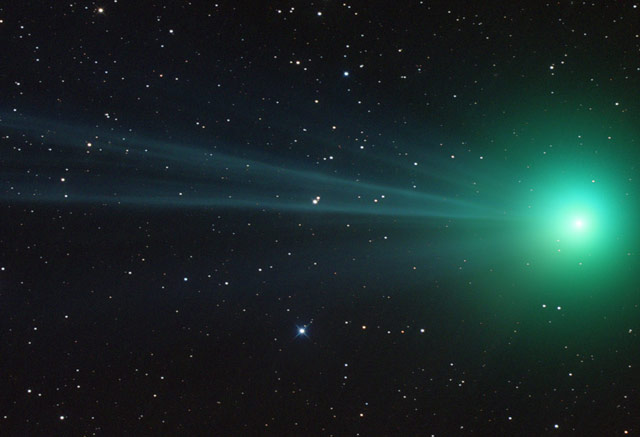Hi everybody!
I planned my Christmas travel very poorly from an astronomical point of view. I was in Europe when the solstice lunar eclipse was visible from North America. Then I was in North America during the solar eclipse visible from Europe.
Here is a lovely picture of the solstice eclipse from Astronomy Picture of the Day: http://apod.nasa.gov/apod/ap101223.html And an interesting picture of what the Earth looks like during a solar eclipse. This was taken from space: http://apod.nasa.gov/apod/ap110102.html
As we are now just arrived in 2011, the new article is about the calendar we use.
The Sun the Moon the Calendar
Look at your wall calendar to find today's date. You can see the date and maybe some appointments you've written in. But you're also looking at something that tracks Earth's journey around the Sun, reflects three thousand years of history and helps hold our society together.
http://www.bellaonline.com/articles/art27232.asp
Here are a few anniversaries for this week.
(1) On January 5, 2005 Eris the dwarf planet was discovered. It was thought to be larger than Pluto, but now we're not sure, though it is the most massive of the known dwarf planets. It was the discovery of Eris that really set off the debate about what a planet is. The outcome was a definition by the International Astronomical Union which excluded Pluto from the planet category and moved it into the new dwarf planet category.
(2) On January 7, 1610, Galileo (1564-1642) discovered three of the moons of Jupiter: Callisto, Europa and Io. These three moons - plus Ganymede - are known as the Galilean moons.
(3) It's Stephen Hawking's 69th birthday on Saturday, January 8. Hawking is known internationally as an cosmologist and physicist. His book “A Brief History of Time” was a bestseller. He also suffers from a neuro-muscular condition which has caused progressive paralysis to the point where he is almost completely paralyzed.
(4) On January 9, 1839 Thomas Henderson, the first Astronomer Royal for Scotland, published his calculation for the distance to Alpha Centauri, the nearest large star to Earth. He delayed publishing his results, so he wasn't the first person credited with using parallax to work out a stellar distance. Friedrich Bessel had published the distance to 61 Cygni in 1838.
That's all for this now. Wishing you clear skies.
Please visit astronomy.bellaonline.com for even more great content about Astronomy.
To participate in online discussions, this site has a community forum all about Astronomy located here -
http://forums.bellaonline.com/ubbthreads.php?ubb=postlist&Board=323
I hope to hear from you sometime soon, either in the forum or in response to this email message. I welcome your feedback!
Do pass this message along to family and friends who might also be interested. Remember it's free and without obligation.
Mona Evans, Astronomy Editor
http://astronomy.bellaonline.com
One of hundreds of sites at BellaOnline.com
astronomy Newsletter








